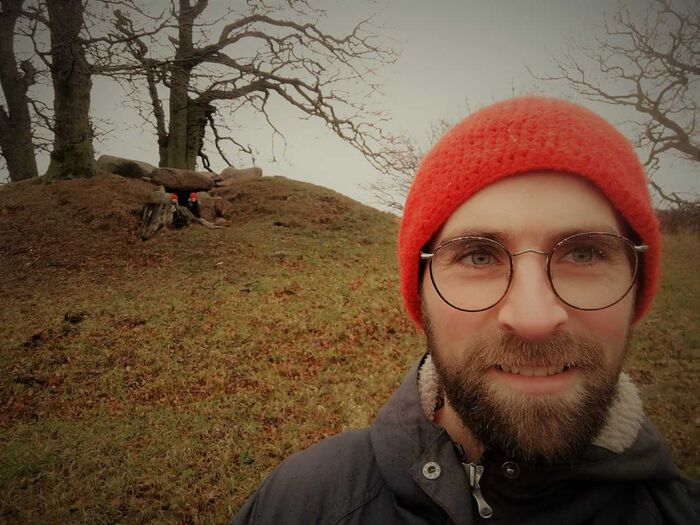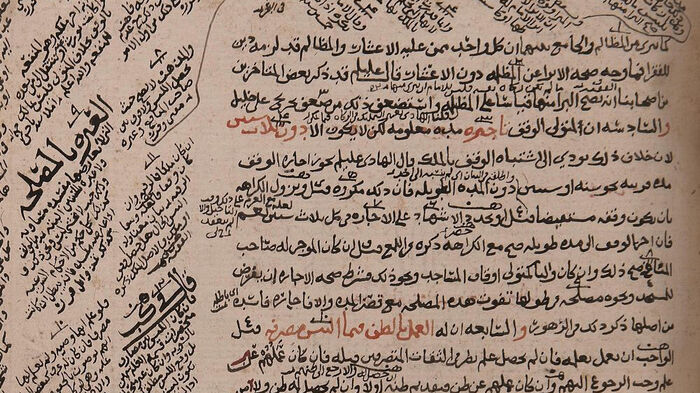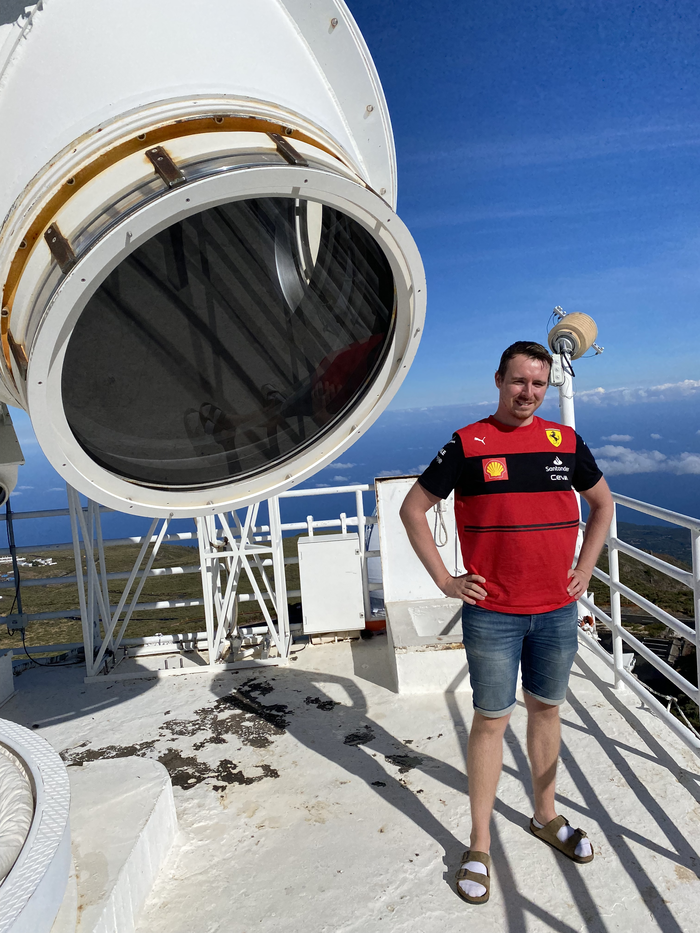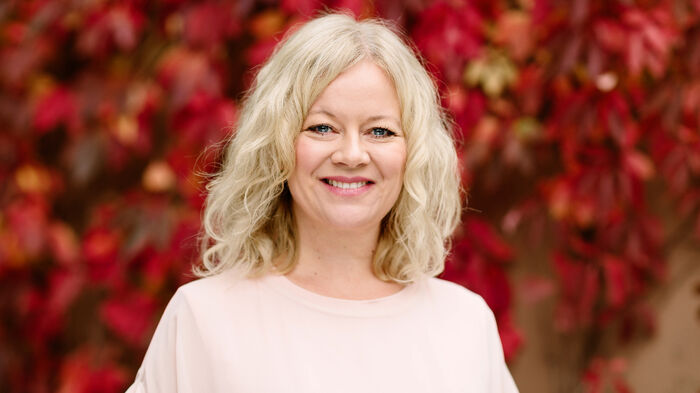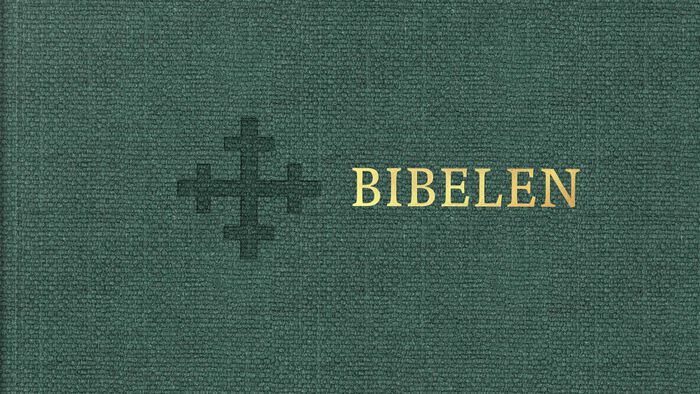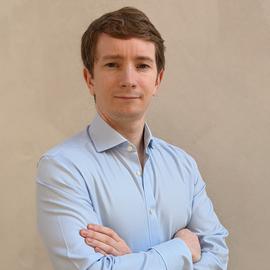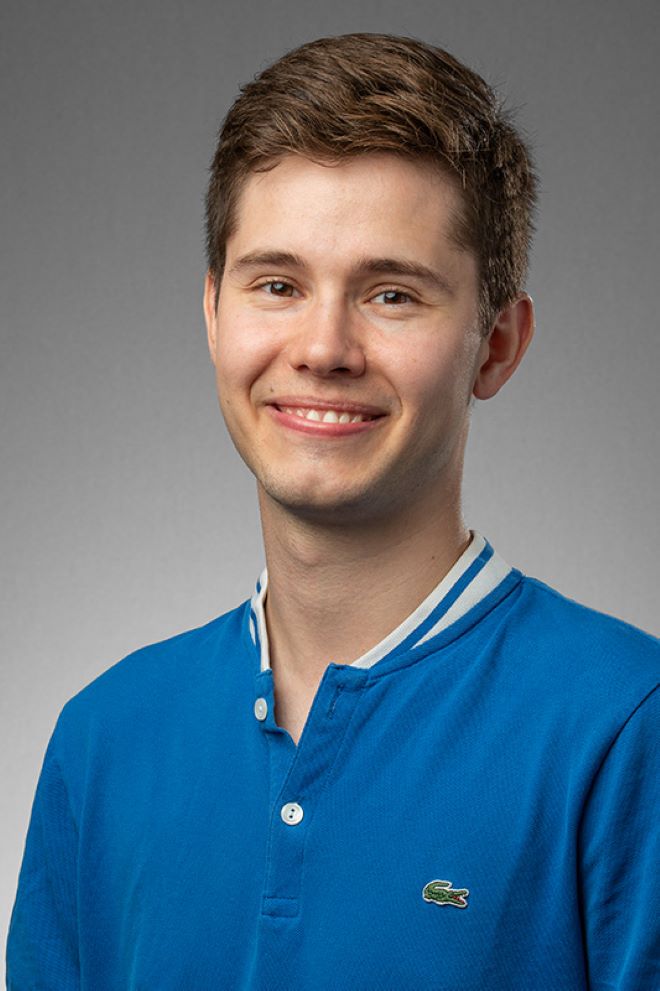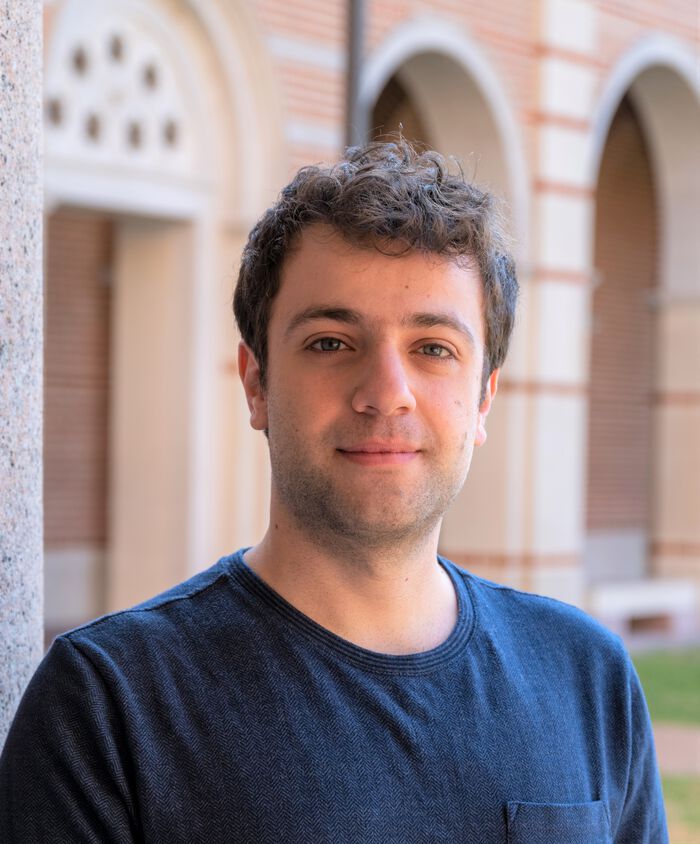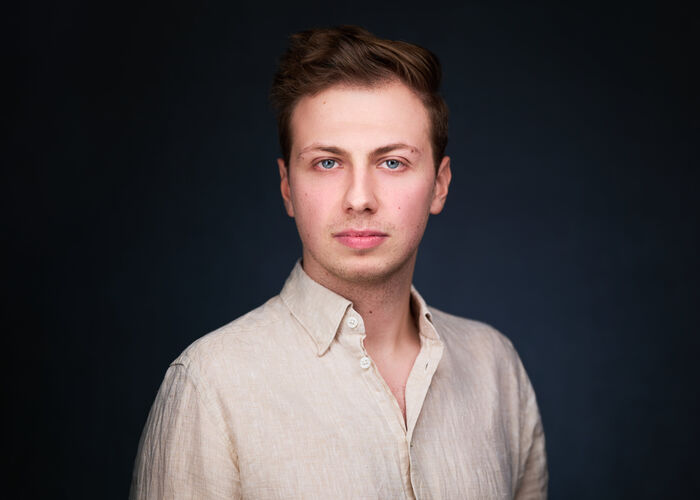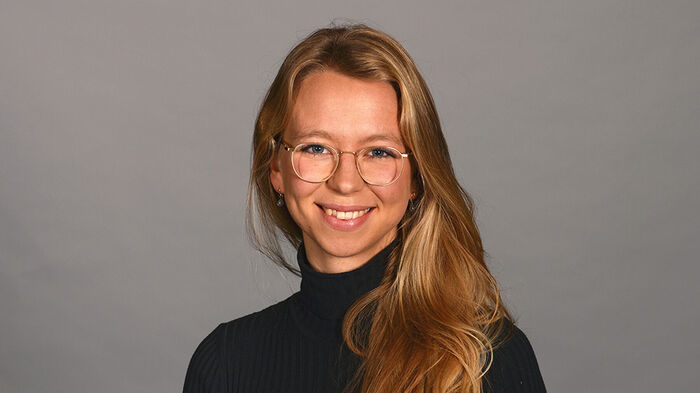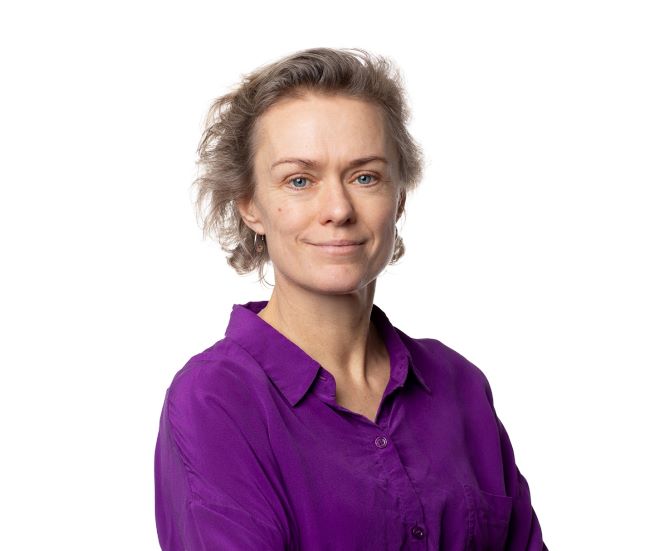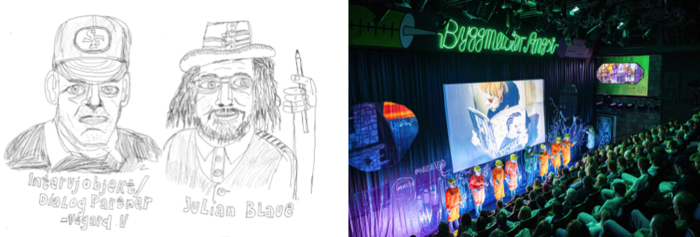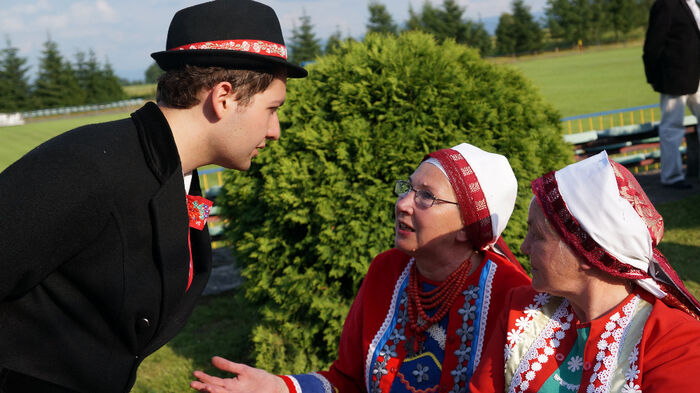Tidligere arrangementer - Side 14
Book presentation with Alessandro Rippa.
Mikhail Spivakov from MRC Laboratory of Medical Sciences London will present on the topic of probing the functional effects of genetic variation at enhancers with 3D genomics.
Archaeological Friday seminar with Lars R?mer from K?benhavns Universitet.
By Khuong Van Dinh, AQUA, IBV
In this CIMs lecture, Dr. Eirik Hovden will give an overview over how to understand changes in Islamic law in institutions, genres and rules, ca. 1200-1800 CE.
Jonas Thoen Faber, PhD student of Rosseland Centre for Solar Physics, University of Oslo.
Kari Aga Myklebost belyser i dette foredraget det russiske minnediplomatiet gjennom det siste ti?ret, med fokus p? akt?rer, symboler og motiver.
Prof. Natalia Korolkova, University of St. Andrews
Guest lecture with professor Sarah Tarlow from the University of Leicester.
Nina Teigland (PhD Fellow, University of Bergen) will discuss language policy in Norway from a public policy perspective.
Det Norske Videnskaps-Akademis gruppe for religionsvitenskap og teologi inviterer til en ?pen dagskonferanse med tverrfaglig kunnskapsutveksling, refleksjon og samtale omkring bibeloversettelse.
Department seminar. Jonas S?ndergaard S?rensen is a PhD Student at the Department of Economics and Business Economics, Aarhus University. He will present the paper: “Refugee Influx and Crime” (written with Anna Piil Damm, Ahmad Hassani and Timo Trimborn).
Arkeologisk seminar med Anastasia Bertheussen, PhD stipendiat i arkeologi ved IAKH, tilknyttet Materialiteter: i fortiden og samtiden
Nina Hagen Kaldhol is a PhD Candidate in Linguistics at the University of California San Diego. In collaboration with native speakers of Tira, Rere and Somali, she works on language documentation while also aiming to advance our theoretical understanding of tone and morphological complexity.
We combine a pressure correction scheme with interior penalty discontinuous Galerkin (dG) discretisation to solve the time-dependent Navier–Stokes equations. We prove unconditional energy stability and a priori error estimates for the velocity. With duality arguments, optimal L2 error rates are obtained. Convergence of the discrete pressure is also established. Further, we propose a splitting scheme, integrating the pressure correction approach, for the Cahn–Hilliard–Navier–Stokes system The numerical analysis of dG combined with this scheme is discussed. Namely, we show well--posedness, stability, and error estimates. Numerical results with manufactured solutions display our theoretical findings, and a spinodal decomposition example portrays the robustness of our approach.
Tim Zimmermann, PhD student at the Institute of Theoretical Astrophysics, University of Oslo.
Foredrag om Calvino i forbindelse med markering av hundre?rsdagen
Anne Dehlie Gl?desdahl holder innlegg for Forskerseminaret i tekst og retorikk.
Department seminar. Birthe Larsen is an Associate Professor at the Department of Economics, Copenhagen Business School. She will present the paper: "Why Firms Lay Off Workers Instead of Cutting Wages: Evidence From Linked Survey-Administrative Data" (written with Antoine Bertheau, Marianna Kudlyak, and Morten Bennedsen).
Daniela Sueldo is an Associate Professor at the Department of Biology, NTNU. Daniela’s research focus is deciphering the molecular mechanisms that lead to the execution and control of cell death in photosynthetic organisms as part of the response to environmental stress
Dr. Joachim Mossige, Dept. of Physics, UiO.
The Centre for Ibsen Studies invites to a short lecture performance and Q&A with Julian Blaue on his work with Vinge/Müller and their controversial 9-hours version of The Master Builder.
The Centre for Ibsen Studies invites to a short lecture performance and Q&A with Julian Blaue on his work with Vinge/Müller and their controversial 9-hours version of The Master Builder.
Dr. Tymoteusz Król (Institute of Slavic Studies of Polish Academy of Sciences, The Centre for Regional Studies of University of Ostrava) will discuss the endangered Wymysorys language (Poland) and the significance of multilingualism for Vilamovian identity in the face of 'safe' Polish monolingualism.
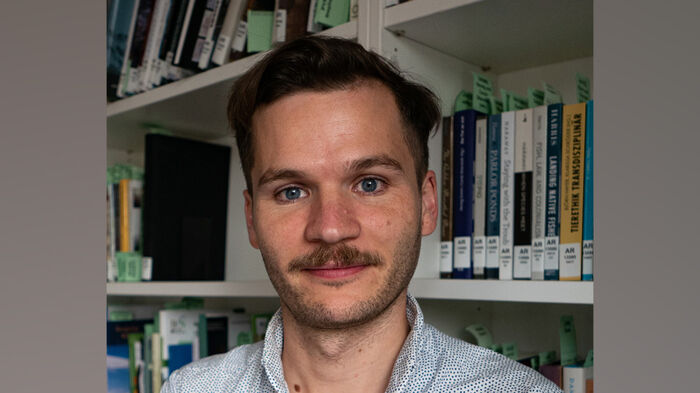
.jpg?alt=listing)
